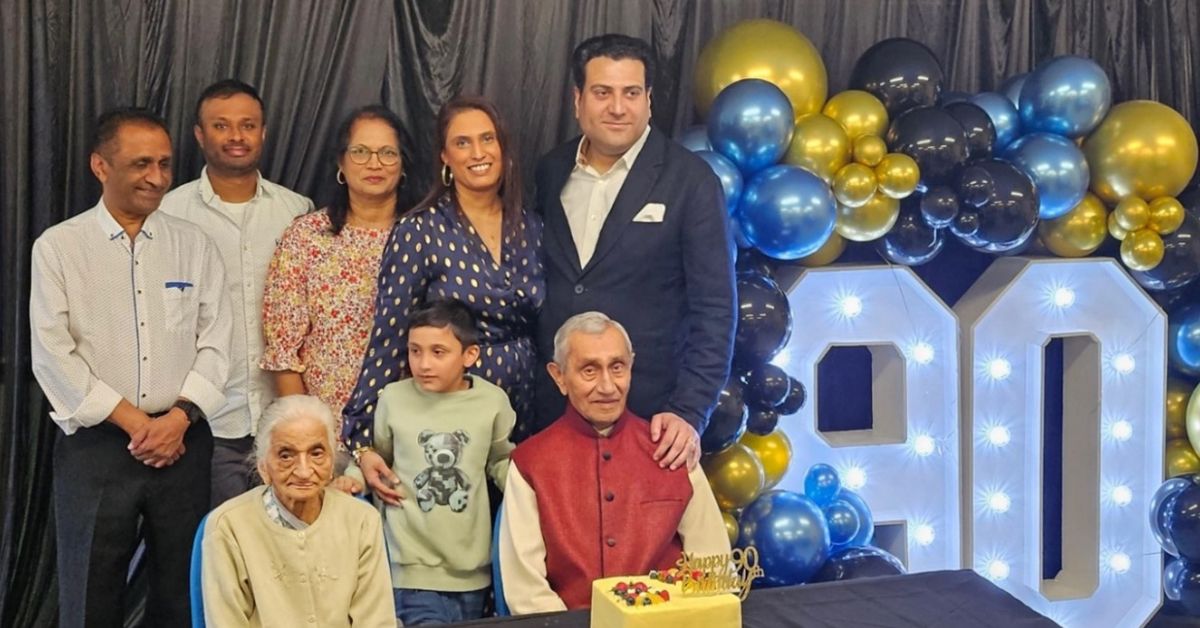Mission Command – the Antidote to Micro-managing!
01/12/2017


A couple of weeks ago, we looked at whether organisations are actually applying “Command & Control” in the way they manage their processes and staff, or whether in fact they are just employing poor management practices.
We are living and working in a VUCA (Volatile, Uncertain, Complex and Ambiguous – examples in previous blog on the subject) world, yet many corporate and public-sector organisations manage and operate as if it is quite the opposite, where supposed leaders are getting involved in levels of decision-making that are far below their pay-grade!
There appears to be some highly relevant learning we can adopt from the military today to inform how we might differently handle such a world!
And if you think – “Well it’s easier for them!”, it’s definitely not – not in today’s highly fragmented and politically-charged, social-media connected landscape around the world.
So the critical concept is mainly referred today as Mission Command (which came out of the Napoleonic Wars, with a few refinements), and below we’ll highlight 3 specific practices that could revolutionise the agility of your organisation:
- Leaders focus on decisions only they can make: Leaders push out decision-making as far as possible to the front-line because Individuals and teams closest to the problem, armed with unprecedented levels of insights from across their information network, offer the best ability to decide and act decisively. Leaders must resist the temptation to dive in and “solve” a problem that should have someone else’s name on it. And leaders and managers will be surprised by the small number of decisions only they can make!
- Leaders should establish Command Intent or Mission Command: It means focusing on the “why” and “what (and in my view, even “what” could be considered too directional) ,” while leaving the “how” to those closer to the front line. It means not micromanaging. As U.S. Army Gen. George S. Patton is quoted as saying, “Never tell people how to do things. Tell them what to do, and they will surprise you with their ingenuity.” The vision is to develop a leadership doctrine that is principles-based, rather than rules-based. This idea is a world apart from what exists in many companies. Most frontline employees are instructed to follow “one best way” rules (see previous blog in June on “Use of Best Practice – the Well-trodden Path to Mediocrity”), with organizations checking to ensure that employees have followed rules to the letter.
- Leaders should find a “Directed Telescope”: A term for using a small number of trusted officers as the Leader’s eyes and ears in the field. In the corporate world, a directed telescope pipeline of information can come in the form of senior advisors, external coaches or trusted colleagues at any level from inside the organisation or from outside.
Increasing leadership agility, and thus the agility of the organisation is difficult. It requires changes to ingrained mind-sets and behaviours of senior individuals who have been successful in their own careers. Managers who recognise the need for organisational change usually fail to see themselves as one of the things that needs changing!
BUT, one word of warning – there is a difference between military leaders’ behaviours when in the field and when back in barracks after deployment. In this country at least, they effectively return to the world of the UK Government. Here the assumption that the world is stable and predictable still reigns supreme, even though the real world is VUCA. The Government can largely get away with this, because elections only take place every five years, by that time mistakes will have been forgotten by many or new promises for improvement can be offered, and taxes can always be raised to keep the bigger part of icebergs under water. Add to this a mind-set of risk aversion and seeking value for money (i.e., go for the lowest cost to avoid upsetting taxpayers), and you end up with a bureaucracy and culture where making mistakes and being inefficient (unavoidable in a VUCA world) is career limiting!
There is a way out of this, and that is by creating a hybrid organisation!
More next time!
Categories & Tags:
Leave a comment on this post:
You might also like…
Keren Tuv: My Cranfield experience studying Renewable Energy
Hello, my name is Keren, I am from London, UK, and I am studying Renewable Energy MSc. My journey to discovering Cranfield University began when I first decided to return to academia to pursue ...
3D Metal Manufacturing in space: A look into the future
David Rico Sierra, Research Fellow in Additive Manufacturing, was recently involved in an exciting project to manufacture parts using 3D printers in space. Here he reflects on his time working with Airbus in Toulouse… ...
A Legacy of Courage: From India to Britain, Three Generations Find Their Home
My story begins with my grandfather, who plucked up the courage to travel aboard at the age of 22 and start a new life in the UK. I don’t think he would have thought that ...
Cranfield to JLR: mastering mechatronics for a dream career
My name is Jerin Tom, and in 2023 I graduated from Cranfield with an MSc in Automotive Mechatronics. Originally from India, I've always been fascinated by the world of automobiles. Why Cranfield and the ...
Bringing the vision of advanced air mobility closer to reality
Experts at Cranfield University led by Professor Antonios Tsourdos, Head of the Autonomous and Cyber-Physical Systems Centre, are part of the Air Mobility Ecosystem Consortium (AMEC), which aims to demonstrate the commercial and operational ...
Using grey literature in your research: A short guide
As you research and write your thesis, you might come across, or be looking for, ‘grey literature’. This is quite simply material that is either unpublished, or published but not in a commercial form. Types ...






